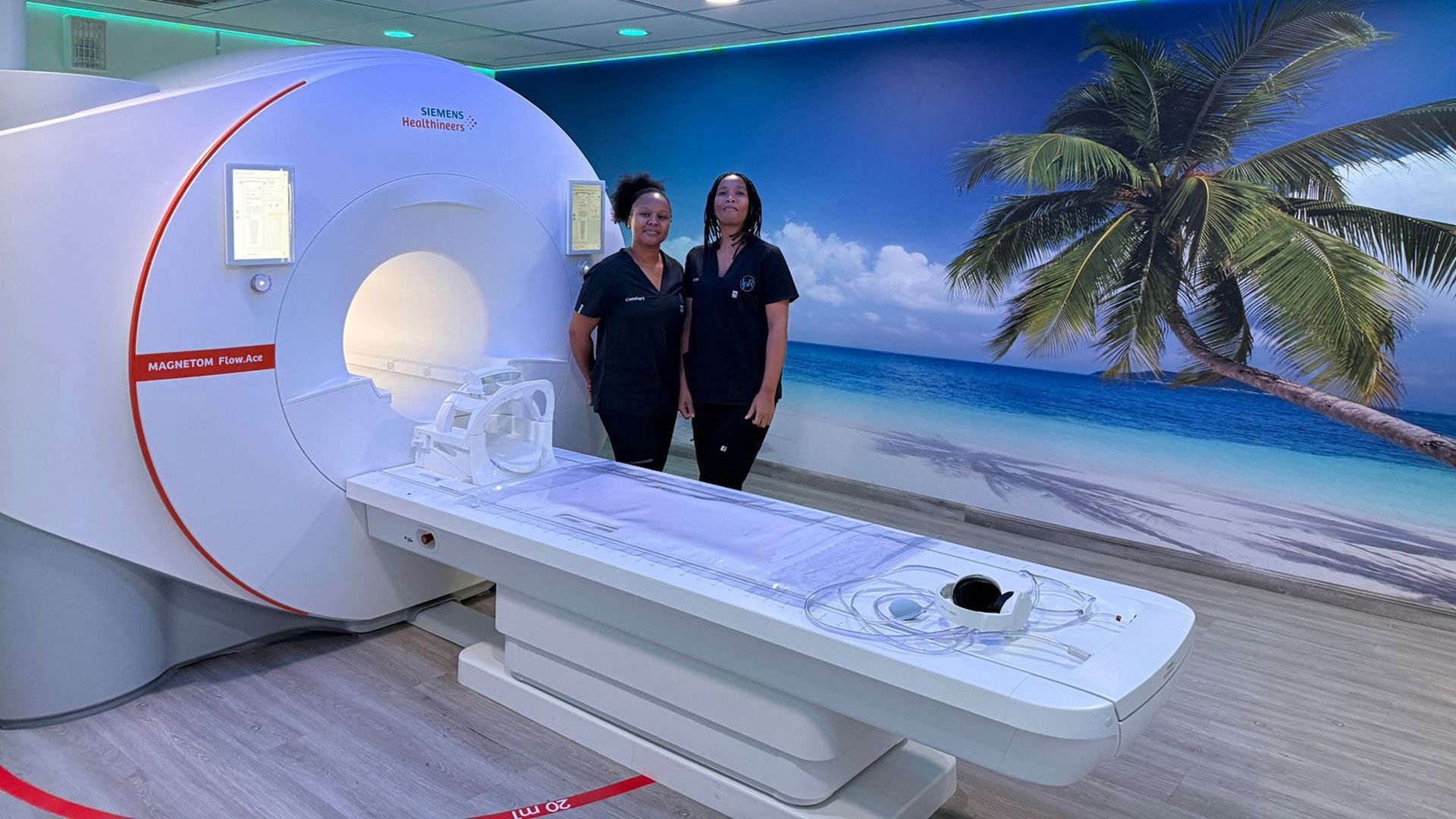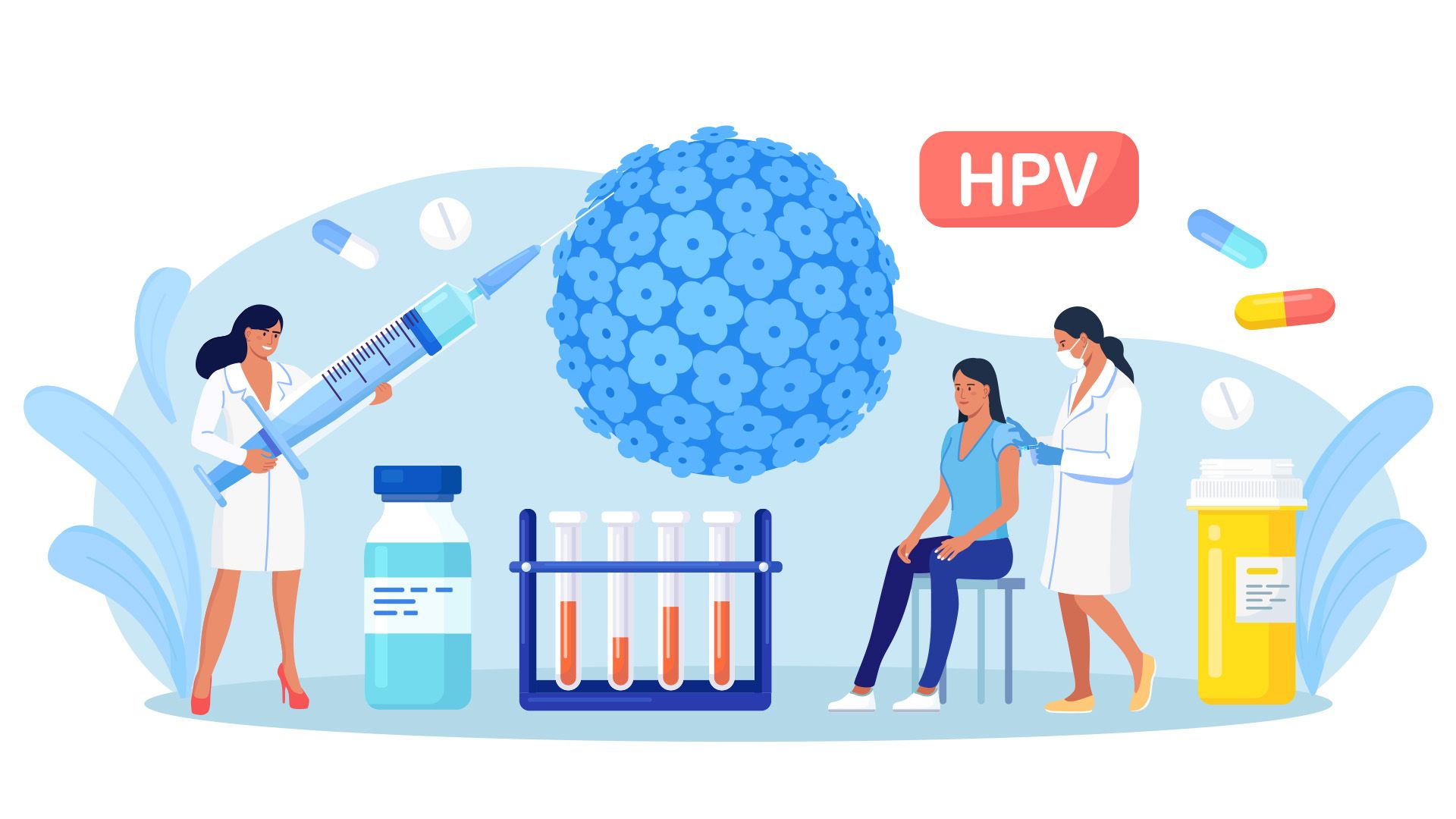Festive season indulgence - pay some attention to your pancreas
Kerry Simpson • December 9, 2019
Chronic pancreatitis and pancreatic cancer - devastating silent killers on the rise
Disorders of the pancreas, including chronic pancreatitis and pancreatic cancer, can be difficult to evaluate due to the inaccessibility of the pancreas, which is deep in the abdomen near the spine. (1) Its location contributes to the masking of symptoms of pancreatic disorders. (1) Worryingly, pancreatic cancer is on the rise (2). Deaths caused by pancreatic cancer surpassed breast cancer a few years ago, and the disease remains on track to overtake colorectal cancer to move to the second leading cause of cancer-related deaths in the United States around 2020. (2)
“Diseases of the pancreas are fairly rare, with pancreatic cancer the 12th most common cancer worldwide,” says Professor Jose Ramos, Head of HPB Surgery at Wits Donald Gordon Medical Centre. “However, it is the third or fourth most common cause of cancer deaths as most patients with this cancer cannot be cured. Like chronic pancreatitis, pancreatic cancer has devastating effects.”
According to Prof Ramos, the biggest challenge with diagnosing and treating pancreatic cancer is the late presentation of the disease. “This is because it often doesn’t present with specific symptoms at its early stages. If the cancer is situated in the head of the pancreas, jaundice is quite common due to bile duct obstruction. Jaundice is quite a dramatic symptom and usually leads the patient to seek medical attention, resulting in earlier diagnosis. When the cancer is situated in the body and tail of the pancreas, most patients only start manifesting symptoms when the disease is at an advanced stage. The only curative treatment remains surgery, but less than 20% of patients have resectable disease at presentation, making cure in this disease very difficult. Even when major surgery is successfully performed, in most the cancer still recurs.”
Prof Ramos notes that the global incidence of pancreatic cancer is between 5 and 15 per 100 000 patients. “In South Africa we do not have up to date statistics. The most recent figures from the South African National Cancer Registry date back to 2014 and report a much lower figure than the global statistics. However, these figures are almost certainly incomplete, and the local incidence is likely to be in line with international statistics.”
In South Africa, diseases of the pancreas often affect the poor and the working class, according to Professor Martin Smith, Head of the Department of Surgery at Wits, and Chief Surgeon and Head of General Surgery at the Chris Hani Baragwaneth Academic Hospital. “Chronic pancreatitis, a long-term inflammation of the pancreas, is linked with an increased risk of pancreatic cancer. Pancreatic cancer is a major problem in the public healthcare sector because we have a large, indigent population and a public health system that cannot meet the needs of the population, so many patients die from pancreatic diseases without ever having been diagnosed.”
Prof Smith points to the lack of diagnostic methods and other resources in the health sector as a critical problem. “Blood tests are helpful in determining whether the pancreas is involved in a specific symptom but may be misleading. The best radiographic tests to evaluate the structure of the pancreas include CT (computed tomography) scan, and MRI (magnetic resonance imaging). Tests to evaluate the pancreatic ducts include ERCP (endoscopic retrograde cholangiopancreatography) and MRCP (magnetic resonance cholangiopancreatography). There are also instances in which surgical exploration is the only way to confirm the diagnosis of pancreatic disease. Patients in the public health system are unlikely to have access to these types of tests, so many simply remain undiagnosed.”
Prof Ramos explains that the pancreas has two main functions: “It makes enzymes, which help digest proteins, fats, and carbohydrates before they can be absorbed in the intestine, and it makes hormones, the most important of which is insulin, which control how the body uses and stores sugar (glucose), its main source of energy.”
For these reasons, Prof Ramos advises people to look out for certain warning signs that may point to either chronic pancreatitis or pancreatic cancer:
- Jaundice – yellowing of the eyes and skin
- Pain – pain in the abdomen (belly) or back is common in pancreatic cancer
- Weight loss – weight loss occurs because the body does not secrete enough pancreatic enzymes to digest food, so nutrients are not absorbed normally, leading to malnutrition
- Chronic nausea and bloating
- Floating, oily and pale stools
Risk factors for these diseases of the pancreas include smoking, heavy alcohol consumption, obesity, and exposure to heavy metals and chemicals, Prof Smith adds.
“Both chronic pancreatitis and pancreatic cancer lead to permanent damage of the pancreas, eventually impairing the person’s ability to digest food and make pancreatic hormones,” says Prof Smith. “Malnutrition can be avoided with pancreatic enzyme replacement therapy (PERT), which involves taking the digestive enzymes you need in the form of a capsule to assist the digestion of fat, carbohydrates and proteins. PERT can also help to stop diarrhoea, which contributes significantly to poor quality of life for patients.”
Prof Smith says patients have the best outcomes when they have access to multi-disciplinary teams that are able to support them in all aspects of disease management and treatment, from the emotional to the physical components. “It’s about putting the patient first and applying a holistic treatment programme.”
If you notice any unusual symptoms or suspect you might have chronic pancreatitis or pancreatic cancer, consult your healthcare provider immediately. It is essential to seek help as soon as possible.
References
- The National Pancreas Foundation. Common Disorders of the Pancreas. Accessed 21 August 2019. Available from: https://pancreasfoundation.org/patient-information/about-the-pancreas/common-disorders-of-the-pancreas/
- Pancreatic Cancer Action Network. Increase in Pancreatic Cancer Diagnoses Expected in 2019. Accessed 21 August 2019. Available from: https://www.pancan.org/news/increase-in-pancreatic-cancer-diagnoses-expected-in-2019/













